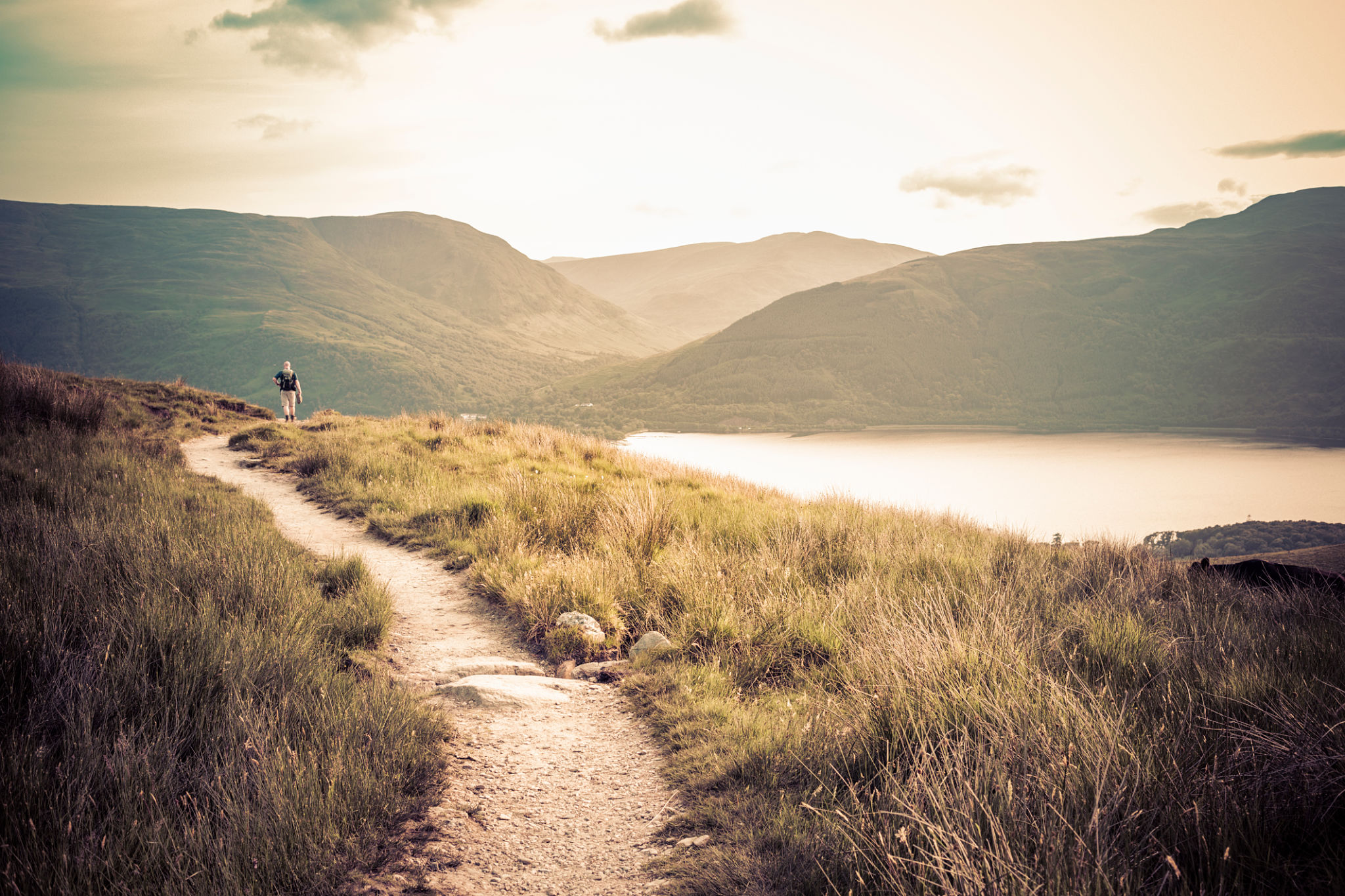How to Navigate US National Parks Like a Pro
Planning Your Visit
Before setting foot in one of the majestic US national parks, the key to a successful trip is thorough planning. Start by researching which park suits your interests, whether it's hiking, wildlife viewing, or simply soaking in breathtaking scenery. Each park offers unique experiences, so be sure to choose one that aligns with your adventure goals.
Check the park's official website for current conditions, alerts, and any seasonal closures. This is crucial as weather and maintenance can affect park accessibility. Additionally, make reservations if necessary for accommodations or campsites well in advance, especially during peak seasons.

Packing Essentials
Preparation is paramount when visiting national parks. Packing the right gear ensures comfort and safety. Essentials include sturdy hiking boots, weather-appropriate clothing, and a reliable backpack. Don't forget sunscreen, a hat, and sunglasses to protect yourself from the sun's rays.
Bring a reusable water bottle and snacks to stay hydrated and energized during your exploration. A first-aid kit and a map or GPS device are also must-haves for any outdoor excursion. Remember, cell service can be unreliable in remote areas.

Understanding Park Rules
Each national park has its own set of rules and guidelines designed to preserve the natural environment and ensure visitor safety. Familiarize yourself with these rules before you arrive. Common regulations include staying on designated trails, not feeding wildlife, and carrying out all trash.
Respecting these rules helps protect the parks for future generations and enhances your experience by keeping you safe from potential hazards. Be sure to check for any specific restrictions related to pets and campfires if relevant to your visit.
Navigating Trails Safely
Once you're in the park, navigating trails requires awareness and caution. Always let someone know your plans and expected return time. Stick to marked paths to avoid disturbing delicate ecosystems and getting lost.

If you're tackling more challenging routes, consider hiking with a group or hiring a local guide who knows the terrain well. Pay attention to signs and markers along the trails to stay on course.
Maximizing Your Experience
To truly savor your national park adventure, take the time to disconnect from digital distractions and immerse yourself in nature. Start early in the day to catch stunning sunrises and avoid crowds, especially in popular parks.
Engage with park rangers who can offer valuable insights and recommendations tailored to your interests. Attend ranger-led programs or talks to deepen your understanding of the park's history and ecology.

Leave No Trace
One of the most important principles for any national park visit is "Leave No Trace." This means minimizing your impact on the environment by following sustainable practices. Pack out all trash, avoid picking plants or disturbing wildlife, and stick to established campsites.
By practicing Leave No Trace principles, you contribute to the conservation efforts that keep these natural wonders pristine for future visitors.
Capturing Memories
While experiencing the beauty of national parks firsthand is unparalleled, capturing memories through photography allows you to relive those moments long after your visit. Respect wildlife by maintaining a safe distance and using a zoom lens if necessary.

Consider keeping a journal to document your experiences, including weather conditions, wildlife sightings, and personal reflections. These memories will serve as cherished reminders of your adventure.